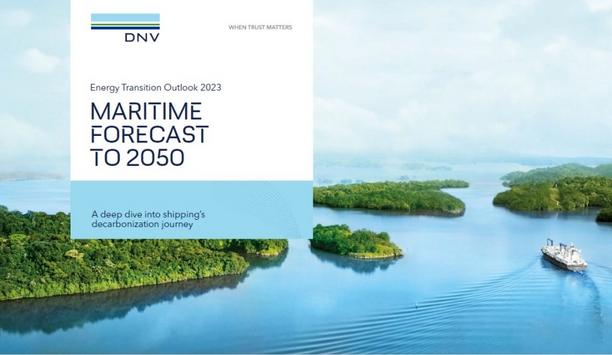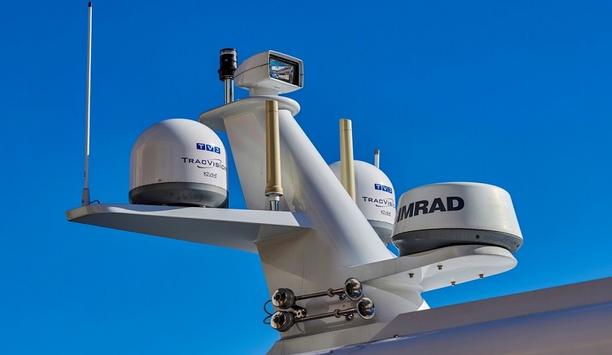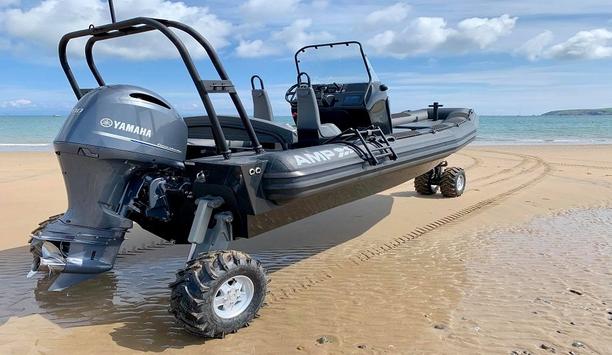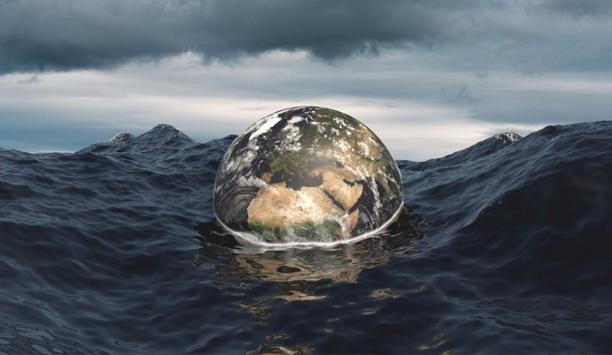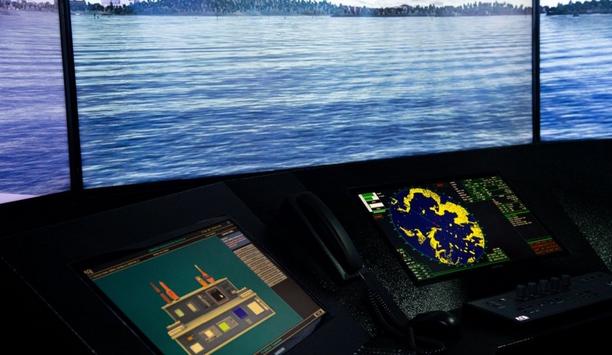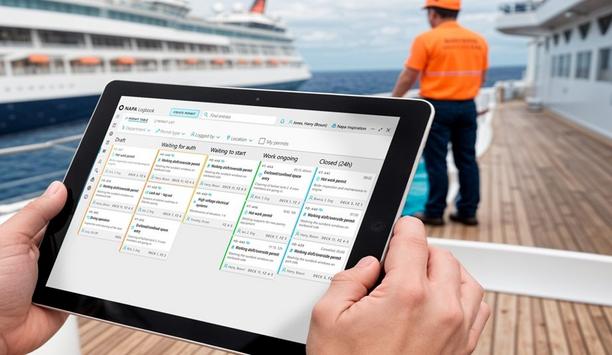Offshore wind farms are a major component of the future of clean energy, and the share of electricity generated by offshore wind turbines will increase as the global community works to minimise carbon emissions to achieve net zero by 2050.
Current expectations for the vast expansion of energy production from offshore wind farms may lead to environmental impacts and ecological risks to marine ecosystems.
Maritime consequences
The increase in offshore wind farms will also have broad consequences for the maritime industry. Building, operating, and maintaining the wind farm facilities offer a lucrative new stream of revenue for shipbuilders and maritime equipment manufacturers. Government subsidies or tax breaks to support the domestic shipbuilding industry, particularly related to offshore wind projects, can reduce costs for shipbuilders and increase profit margins.
With around 40% of the world's population living within 60 miles of the ocean, offshore wind farms enable the location of a clean energy source close to where it is needed most.
Shipyards key to offshore wind farm projects
The added expense of building the specialised vehicles can increase profit margins
Shipyards take center stage and employ their technical prowess to ensure offshore wind farm structures are assembled safely and efficiently in demanding maritime environments. Specialised vessels and complex engineering will drive construction of the large projects over multi-year timespans. Technology innovation to achieve the mission will ensure shipyards have a competitive edge and attract premium contracts.
Growing demand for specialised ships will provide a workload for shipyards. The added expense of building specialised vehicles can increase profit margins.
Equipment used
Equipment used for the installation of offshore wind farms includes wind turbine installation vessels (WTIV), which use powerful cranes to handle the heavy lifting of transporting and installing the massive wind turbines to the offshore location.
There are also crew transfer vessels (CTV), and high-speed catamarans that ferry personnel and lighter equipment between the shore base and the wind farm site. For fixed-bottom wind farms, there are subsea rock installation vessels (SRIV), which precisely position and secure the heavy rock foundations on the seabed.
Floating service operation vessels (SOVs)
The growth of offshore wind farms presents an opportunity for shipbuilders to increase their profitability
After offshore wind farms are installed, floating service operation vessels (SOVs) provide living quarters, workshops, and storage for spare parts and tools needed for ongoing maintenance of the turbines.
Overall, the growth of offshore wind farms presents an opportunity for shipbuilders to increase their profitability through building specialised vessels, technology innovation, and potential government support.
Considering the impact on the maritime ecosystem
On the downside, there are unanswered questions about the impact of wind farms on the delicate balance of the maritime ecosystem. Will the new structures be destructive to marine life, or might they somehow help to improve the habitats and even offset the effects of climate change?
It is likely that tall wind turbine structures, some reaching heights of more than 850 feet, will have some effect on the ocean environment. Reducing local wind speed, impacting the surrounding climate, and even causing disturbances in the water will likely affect marine life, although more research is needed to document the exact impact.
Ecosystem-based approach
More attention is needed to such concerns as offshore wind farm construction accelerates
Might underground elements of offshore wind turbines provide “artificial reefs” that could enhance the environment for marine life?
There are gaps in scientific knowledge concerning how marine species and habitats may coexist alongside new devices and habitats. An ecosystem-based approach should ensure that the pressures of maritime activities do not compromise a resilient marine ecosystem and a healthy ocean. More attention is needed to such concerns as offshore wind farm construction accelerates.
Exclusion zones
Exclusion zones around offshore wind farms can restrict traditional fishing grounds, thus impacting the livelihoods of fishermen. Displacement of fishing vessels, particularly those using bottom trawling gear, may be necessary.
Shallow waters that support a rich variety of sea life also tend to be good locations for wind turbines. Some have suggested that wind farms could negatively impact the growth of phytoplankton, single-cell plants, and organisms that form the basis of the oceanic food chain.
Collaboration and communication among stakeholders
New routes can add time and distance to journeys, thus impacting shipping costs
Specialised vehicles needed for the construction and maintenance of wind farms can increase traffic in certain areas. Might the resulting underwater infrastructure and cabling needed for offshore wind farms require additional maneuvering and increase the complexity of maritime routes?
New routes can add time and distance to journeys, thus impacting shipping costs. At the very least, high levels of collaboration and communication among stakeholders will be required to minimise the impact. Wind farm developers, energy experts, shipbuilders, shipping companies, insurers, and fishermen will need to cooperate through the planning and construction phases.
Limited visibility
Occupying a significant amount of sea area, wind turbines can reduce navigable space, particularly considering large vessels that require wider turn circles. Additional congestion may result, especially in areas with pre-existing heavy traffic.
Limited visibility due to fog or bad weather can aggravate the need to maneuver around the equipment, and sudden course changes can be risky.
Interfering radar signals
Some wind turbine structures could interfere with radar signals used by ships, which requires new navigation procedures and a need to upgrade existing equipment. Solutions include locating wind farms away from heavily trafficked areas and establishing shipping lanes.
Also, spacing turbines strategically (and further apart) can leave more navigable channels for ships. Looking ahead, the impact of offshore wind farms should be weighed carefully. Monitoring existing wind farms and those being built can increase understanding of their broad impact.



